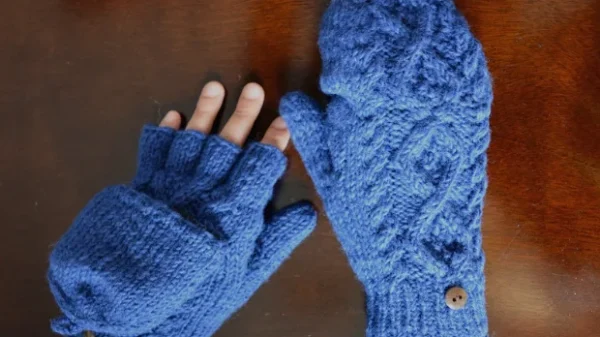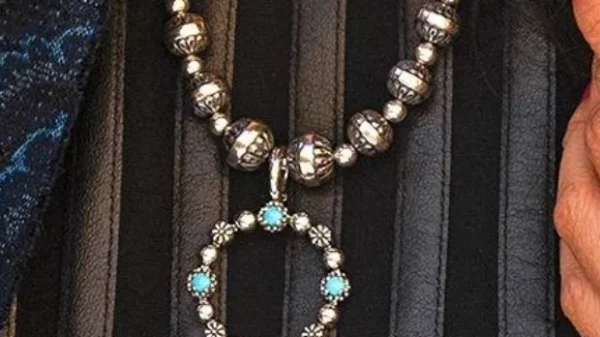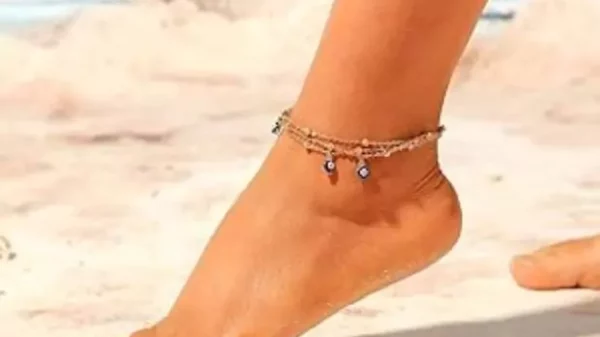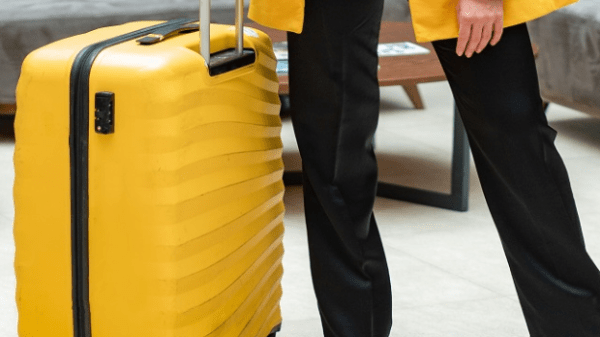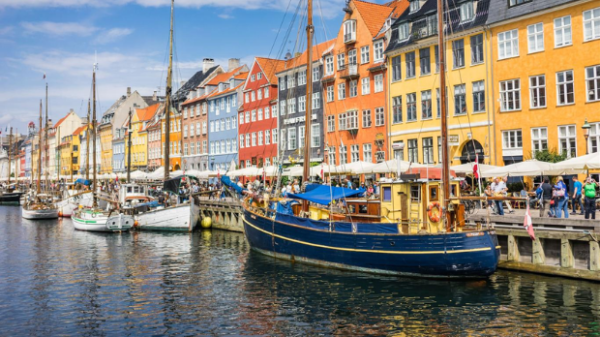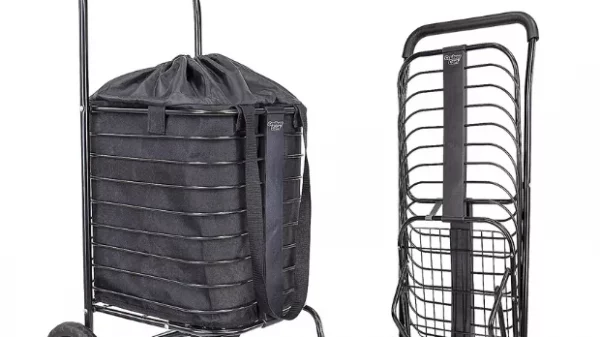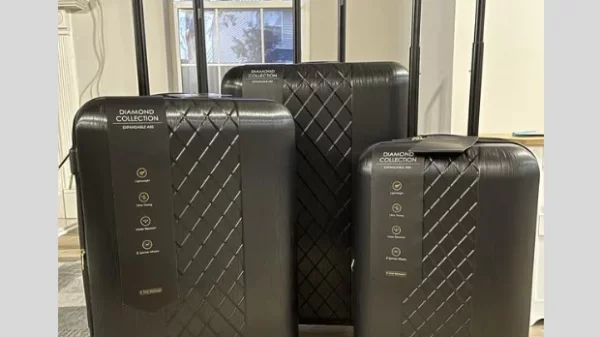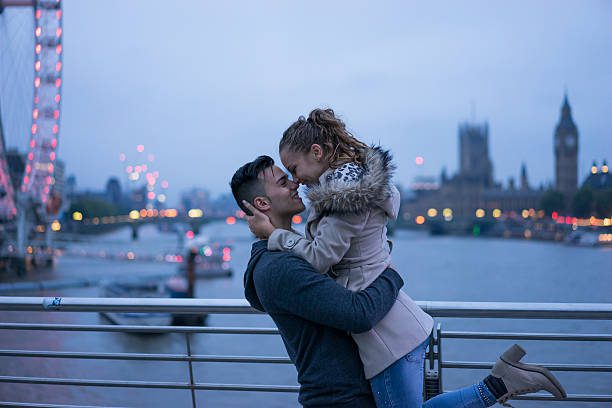
What to Wear in Iceland | Hermagic
No matter what season of the year you plan your trip, the weather in Iceland can change rapidly, so carrying layers is always a good idea. The layer system allows you to adapt your clothing to many temperatures. Without packing too much, you can be in the warm air produced by your body stuck between the layers to keep you cozy. From this precept, you can start creating a list of what to wear in Iceland.
It is essential to understand what kind of shoes and clothing you will need for your tour packages in Iceland for your safety and comfort. An unprepared trip exposes you to the country’s wild elements and could result in avoidable but genuine risks.
While what you bring will depend on your adventures, and how long you will spend away from the city, the respective recommendations will show you what to wear in Iceland.
What to wear in Iceland in Summer?
Iceland’s name implies that the country can be cold, due to which, it is critical to bring acceptable climate clothing. In the summer, it can continue to be very cold, wet, and windy, and it may even snow in places like the Highlands and Westfords.
As a basic guideline, bring thermal underwear, warm layers of wool that can trap and warm up any moisture, and waterproof and windproof outer clothing. Thick woolen socks, gloves, hats, and scarves are all necessary for winter travelers and can be used by those traveling in the summer.
You should note the additional items regarding what to wear in Iceland.
- Waterproof jacket- It will protect you from rain and snowstorms and keep you warm.
- Waterproof hiking shoes- If you want to explore Iceland and glacier hikes, you will need good hiking boots.
- Short and long-sleeved sweaters- It is suggested to wear many layers of clothes to protect you from excessive cold.
- Hiking pants and rain pants
- Gloves, winter hat, and related stuff
- Swimsuit and Towel- If you want to experience hot water springs and geothermal pools in a relaxing hot tub, you will need a swimsuit, towel, and flip flops.
- Mosquito net- Some areas such as Myatt Lake have flies and mosquitoes, and you may need a mosquito head net.

Iceland | Hermagic
T-shirts, thin long-sleeved shirts, and shorts are examples of light layers that you will need. Bring some trousers or jeans and layers such as a fleece or thick jumpers.
Furthermore, some guests find it hard to sleep in the summer because of the bright light of the midnight sun. It is a rare occurrence in which the sun does not set below the horizon. Bring an eye mask if you prefer to sleep in the dark.
Book your flights for Iceland with the link provided below:
https://bit.ly/3CjYiDa
What to wear in Iceland in winter?
In the winter, temperatures in Iceland range from 14 F (-10 C) to 50 F (10 C).
Winter winds can be harsh and cutting. Whether it’s a cool breeze or a full-fledged storm, gusts are plentiful here, and they can make it feel much colder than the temperature suggests.
There are so many things to do in Iceland during the winter that you cannot afford to miss due to insufficient clothing.
It’s far more crucial to think about bringing layers of clothing than an expensive outerwear jacket. Using layers keeps you fully shielded while also allowing you to eliminate or add layers as needed depending on the winter conditions.
You can note down the following other necessary items regarding what to wear in Iceland.
- Jumpers
- Thermal layers
- Winter hat, gloves, and scarf
- Wool socks
- Bathing suit
- Boots
- Moisturizers and lip balms.
A good pair of durable boots will allow you to enjoy the rough weather while managing to keep your toes satisfied. Because sidewalks can become icy and slippery in the winter, you may want to bring ice cleats, also known as ice grips or anti-slip soles, to give your boots more traction.
It’s comforting to know that some, but not all, outdoor expeditions include winter clothing, such as warm outer layers. Bring winter pants and snow boots to these snowy outings, such as snowmobiling and ice carving.

Iceland Waterfall | Hermagic
What to wear in Iceland in February?
What to wear in Iceland in February has mixed answers. You have to be geared up for anything. You can leave your shorts and t-shirts at home, but that’s about it. Layers and warm clothes are essential clothing for Iceland.
Heating underlayers, wool, wind, and waterproofs are all recommended. Bring a pair of sunglasses if there is some extra sunlight in the sky – it can be remarkably vibrant when the light strikes the snow. If you want to see the Northern Lights, February is the time to go. February offers numerous opportunities to witness this magical event, and other beautiful snowy attractions and winter activities.
Weather in Iceland in November
The weather in Iceland in November is cold. The figures may appear mild and unthreatening, but keep in mind that Iceland is an island. The journey will almost certainly be along the coast, which means it will be windy. The weather can be -1 °C and feel like -15 °C, which is critical to remember.
You must dress warmly. Thermal layers, waterproof shoes, and plenty of socks are required.
Wool, thermals, and thick sweaters are ideal for clothing in Iceland. It’s preferable to wear more and be able to remove it than to be shivering with cold and unable to put anything on.
The Bottom Line
So, the travel guide to what to wear in Iceland has come to an end. We hope you have compiled your list of clothing for Iceland by now. As weather rapidly changes in Iceland, layers are the key to saving you from the cool breeze. You can book your flights to Iceland using Agoda.com.
FAQs
Read More Such Articles at Hermagic.






